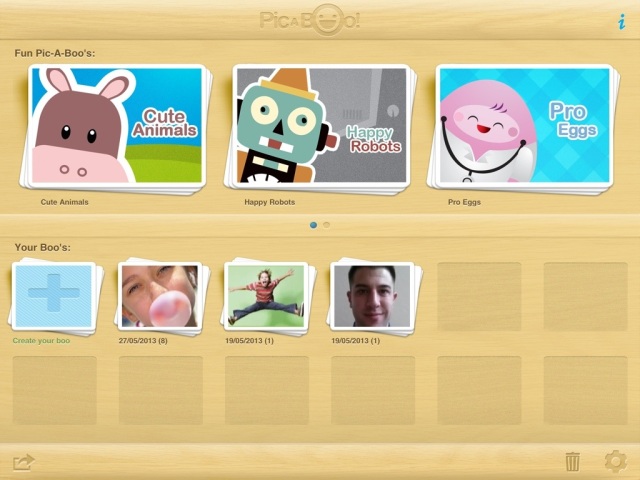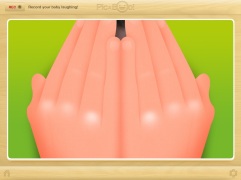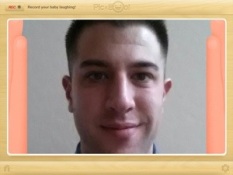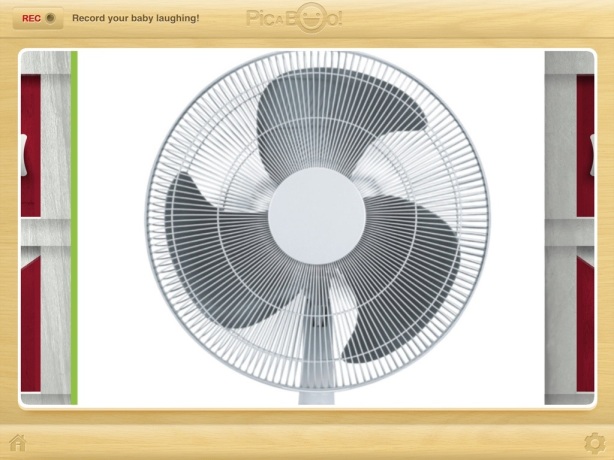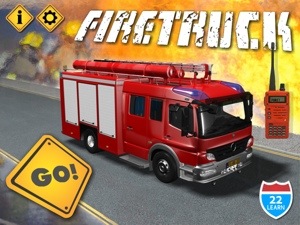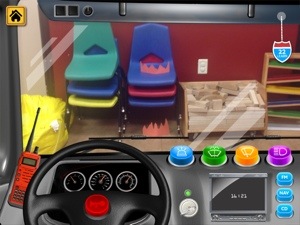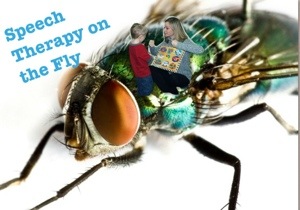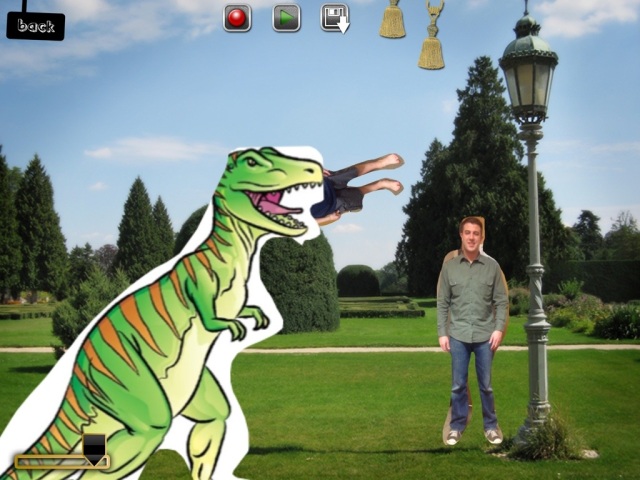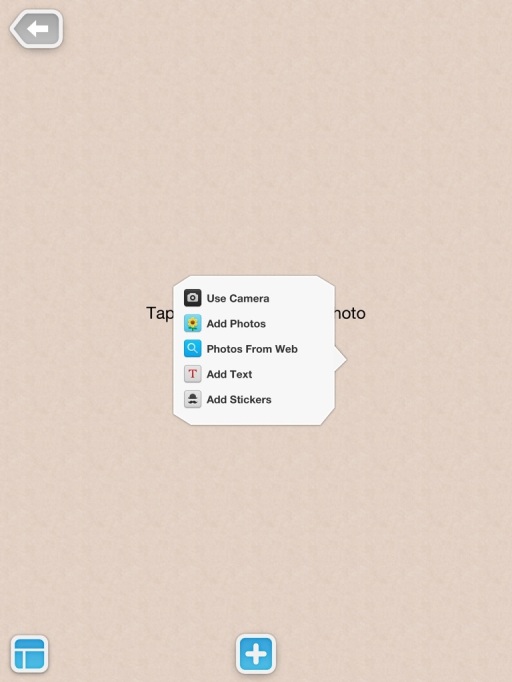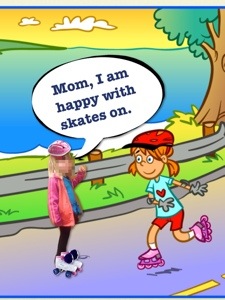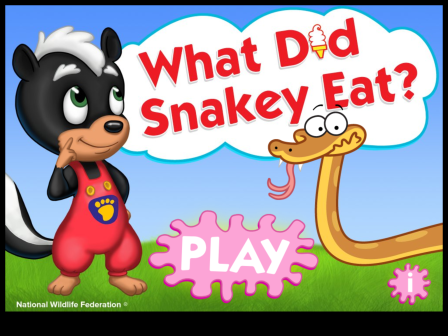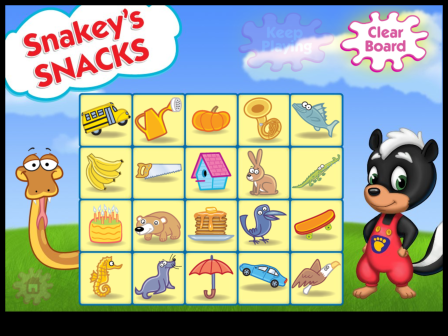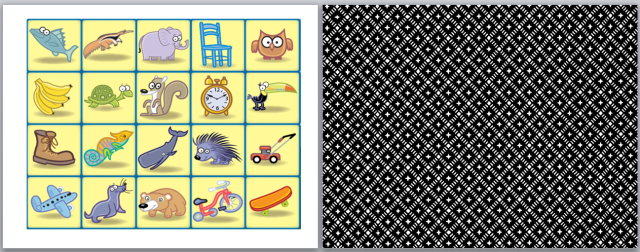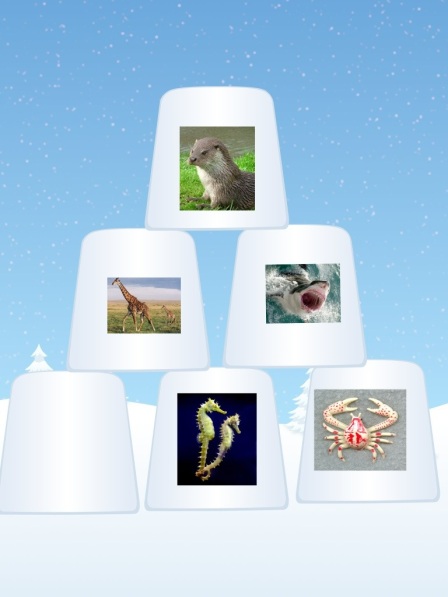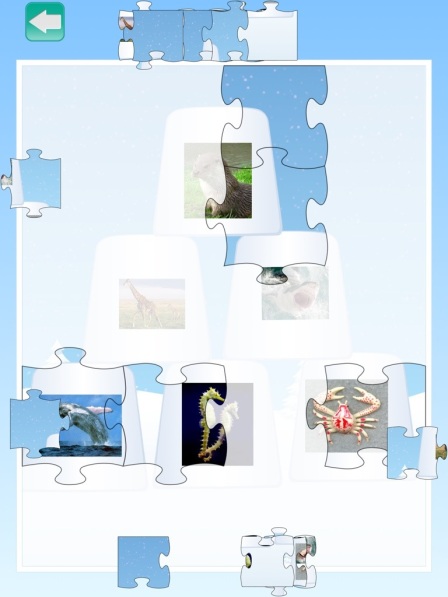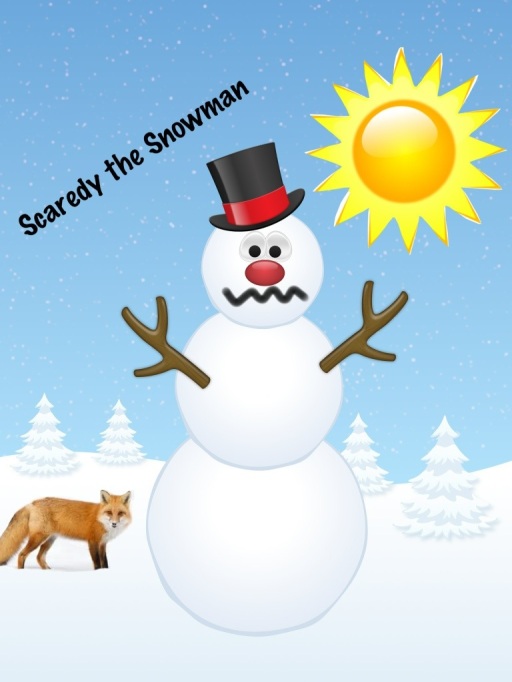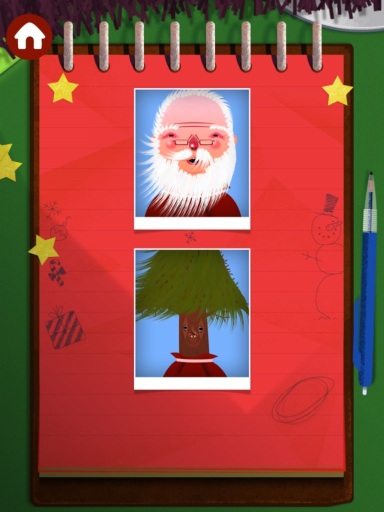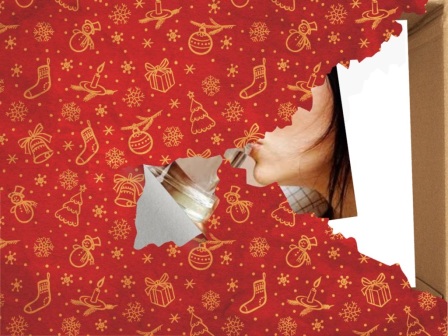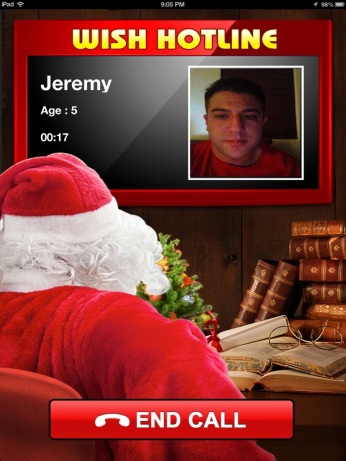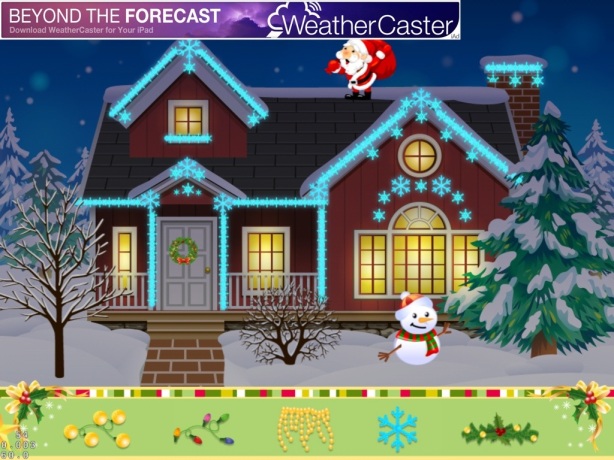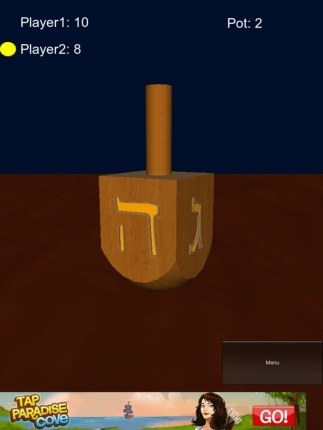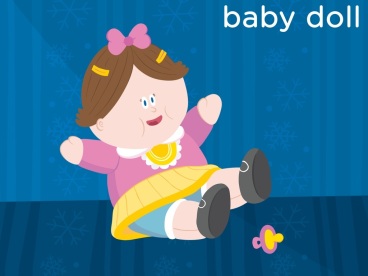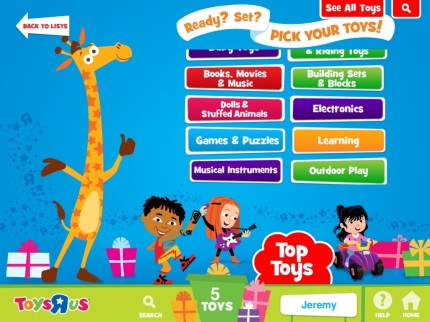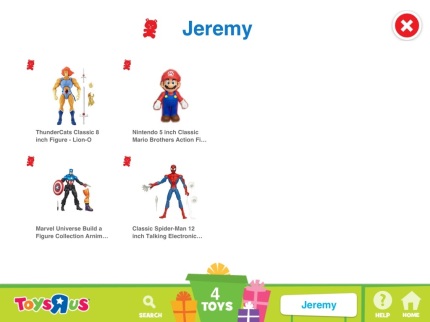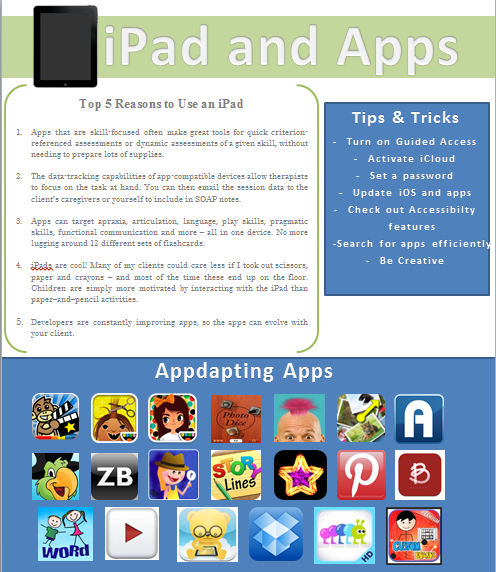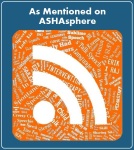Welcome to the the Speech-EZ Family of Apps giveaway! I’ll be giving away several copies of the following apps on 11/29/12!! Enter through Raffle Copter via the link at the bottom of the Page 🙂
Auditory Rhyming

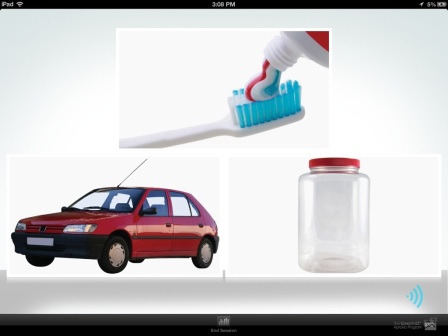
Auditory Rhyming $29.99
Phonological awareness provides a beginning reader with an important tool for understanding relations between written and spoken language. A deficit in phonological awareness is accepted as a consistent feature of reading disabilities. Poor phonological awareness is linked to poor reading skills independent of IQ.
Children with deficits in one or more areas of phonological processing abilities may have more difficulty learning to read than those who do not. Phonological awareness describes an individual’s awareness of, and access to, the phonological structure of oral language.
The Auditory Rhyming app directly enhances and elevates phonological awareness skills in order for a young child to become a proficient reader and speller.
There are three different rhyme presentation options:
Inclusion:
The child will see and hear three picture cards: two that rhyme and one that does not. The child will identify, by tapping on, the two pictures that rhyme. After the child hears each word, he or she will be prompted to tap on the pictures that rhyme. For example, the child will hear: “big, beach, pig. Which two words rhyme?”
Exclusion:
The child will see and hear three picture cards: two that rhyme and one that does not. The child will identify, by tapping on, the picture that does not belong. After the child hears each word, he or she will be prompted to tap on the picture that does not rhyme with the other two words. For example, the child will hear: “cat, fan, bat. Which one does not rhyme?”
Random:
The random presentation is a mixed of the inclusion and exclusion presentation. This will place more auditory attention demands on the child, as they must listen for the specific directive.
Target Sound Identification
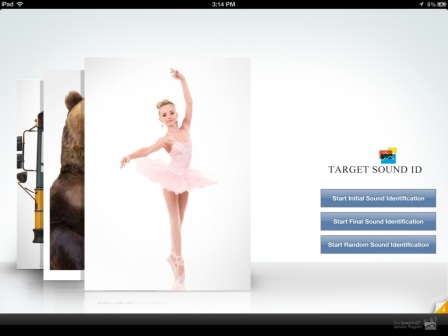
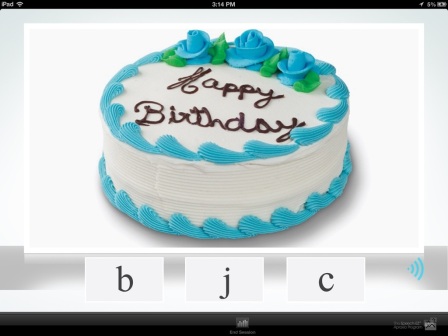
Target Sound Identification $29.99
Target Sound Identification helps to enhance and elevate phonological awareness skills in order for a young child to become a proficient reader and speller. The Target Sound Identification app includes over 350 colorful and engaging picture cards.
The child is presented with a picture card and a field of three sound (phonogram) cards. The child must identify (by tapping on) a sound in the specific requested position of the word. For example, “Point to the first sound you hear in the word: ship”. In this example the correct response is: sh. “Point to the last sound you hear in the word: dog”. In this example the correct response is: g.
You have the ability to choose if you would like to work on initial (first) sound identification, final (last) sound identification, or initial and final randomized.
- First Sound
- Last Sound
- Random
The randomized presentation will put more auditory attention demands on the child because they have to really attend to whether the target is asking for the first sound or last sound. Selecting “First Sound” will always ask to identify the first sound. Selecting “Last Sound” will always ask for the last sound.
This app is not intended to be self-guided by the child. The parent, teacher or specialist is to provide support and feedback to the child as needed.
Auditory Figure Ground

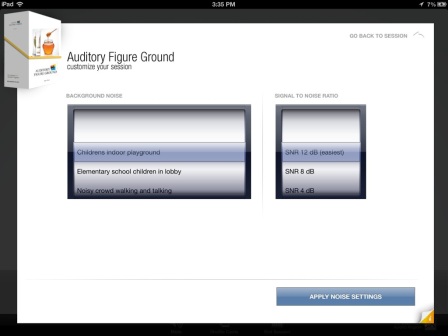

Auditory Figure Ground $29.99
Do you need an app that will help you determine if your child or client is experiencing a breakdown in their auditory processing of speech when there is background noise or help you improve auditory processing skills in the presence of background noise? Auditory Figure Ground-$29.99, by The Speech-EZ Apraxia Program, will help you accomplish this!
This app uses beautiful photographs that are presented to the listener in a field of four. It’s recommended that a good set headphones be used to accurately simulate the speech in the presence of background noise (Over the ear headphones and not ear-buds). You start off by selecting the type of background noise and the signal to noise ratio you want, while the words are presented.
Background Noise
You have the option of: childrens indoor playground, elementary school children in lobby, noisy crowd walking and talking, small cafe ambience, white noise, and quiet (no background noise).
Signal to Noise ratio
You have the option of: SNR 12 dB (Easiest), SNR 8 dB, SNR 4 dB, SNR 0 DB, and SNR -4 dB (Hardest)
Sound Matching


Sound Matching $29.99
The child must identify which word out of a field of two either begins or ends with the same sound as the target card. The child is presented with a target picture card and two other picture cards to sound match. For example, the child is presented with target picture card cub. “Which picture starts with the same sound as cub? leaf or coat.” The child must then tap on the picture of the coat. The following is an example of an ending sound match: “tub, fan, web. Which picture ends with the same sound as tub?”
You have the ability to choose if you would like to work on initial (first) sound matching, or final (last) sound matching, or initial and final in a randomized presentation.
- Starting Sound
- Ending Sound
- Random
The randomized presentation will put more auditory attention demands on the child because they have to really attend to whether the target is asking for the starting sound or ending sound. Selecting “Starting Sound” will always ask to identify the matching first sound. Selecting “Ending Sound” will always ask for the matching last sound.




